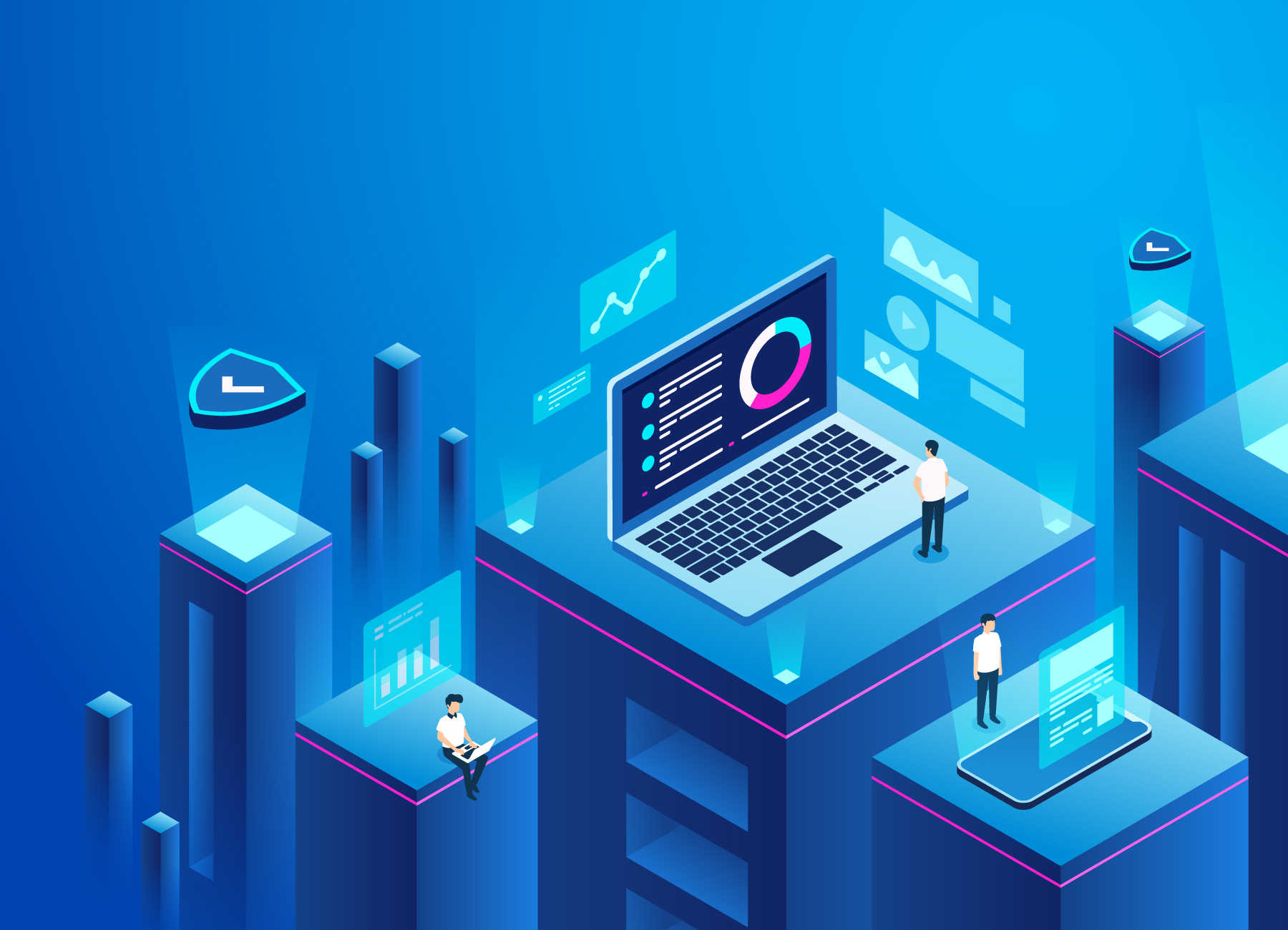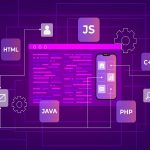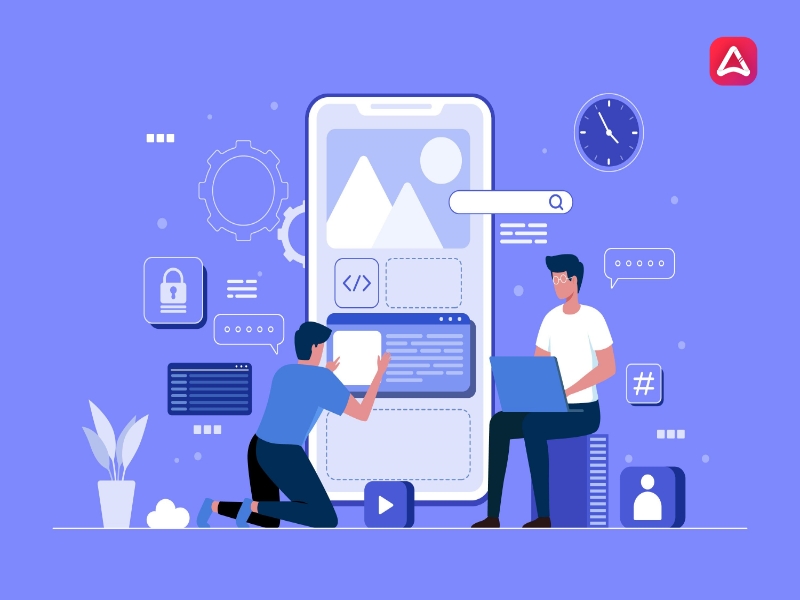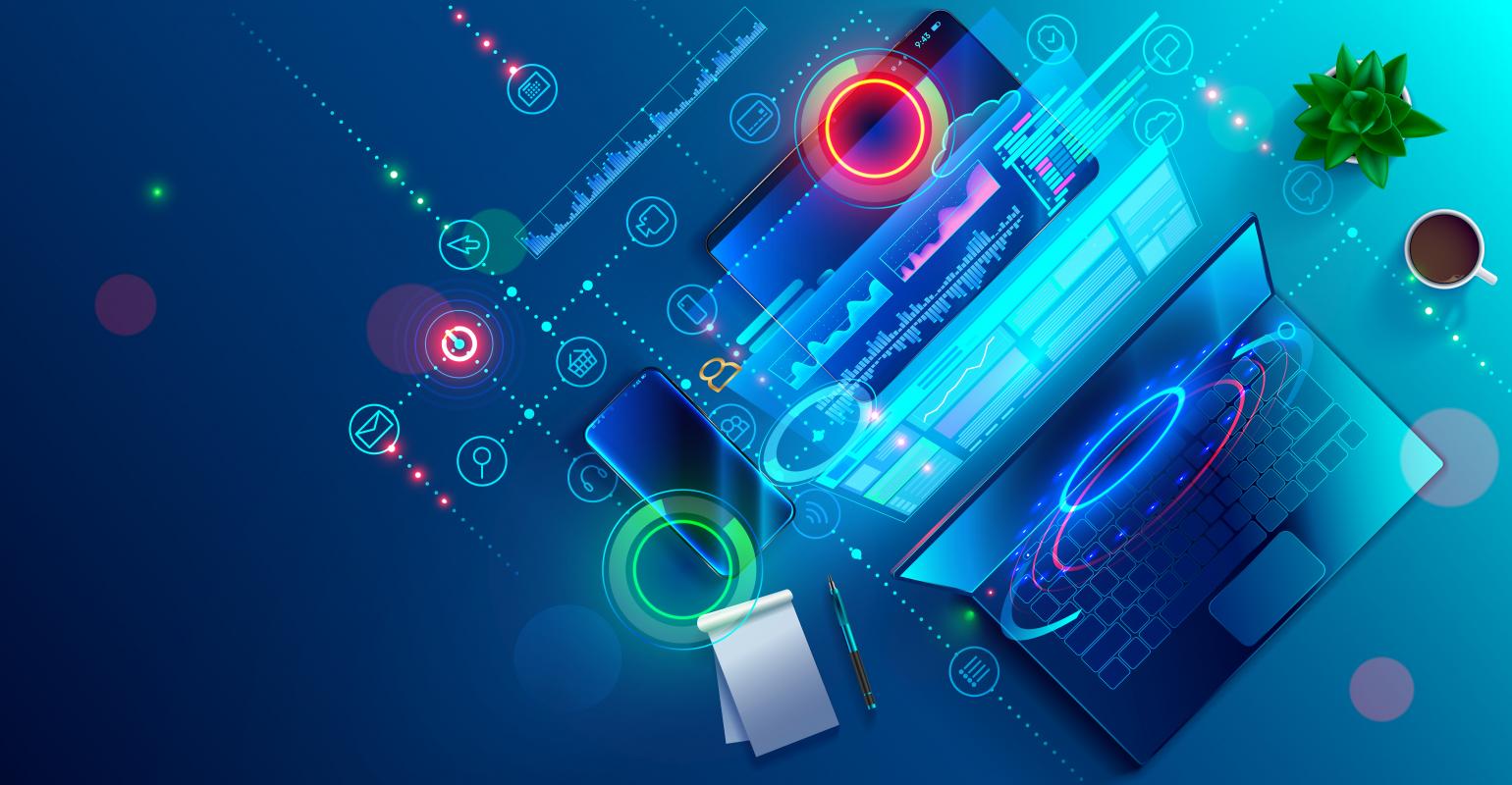Modern software design often uses Agile and Lean principles that focus on customer requirements. However, it helps with the continuous delivery of new functions. These character statistics apply to both small software products developed by a team and large products created by programs.
Additionally, one of those challenges is providing a complete and concise visualization of software design progress—also, the improvement of quality assurance. In this blog, we explain what the characteristics of good software?. Also, discuss the future of software development. So stay connected.
Quick Glimpse – What is Modern Software Development?
Today’s software design is different than it was 20 years ago. For a software developer to keep up with technical progress, constant learning is required.
In this post, we want to show that modern software development and agile software development, in particular, requires an entirely different type of developer. You must learn and apply a completely different set of skills. Improving your necessary coding skills is not enough.
Modern software development is about understanding the landscape of libraries and tools and using them. Knowing how to create an optimal algorithm is no longer required.
Programming has moved on from the traditional coding of the 90s that required a sophisticated application. Programming talent is still essential to reading and understanding alien code, but it is no longer sufficient to be an effective developer.
What are the Characteristics of A Good Software?
Here, in this segment, we are going to disclose the top characteristics of superior software design. Have a look:
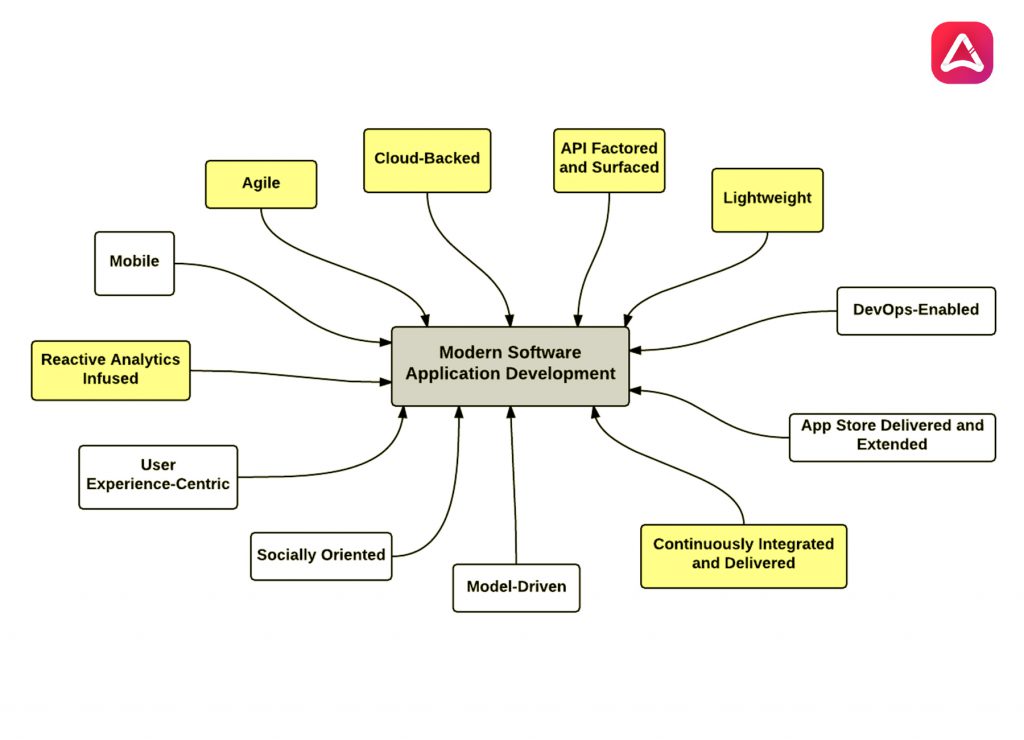
Mobile – Supports touch interaction and adaptability to a wide range of screen sizes and pixel densities. According to the competent mobile UI development company, factor the application functions into simpler and shorter workflows. Include applications in many applications factor systems into APIs and applications.
Agile – Incremental and frequent releases. Quick response to change teams that work in an integrated way—a collaboration with social tools and integration of users in the development process, including periodic user validation.
Backed up in the cloud: Project assets stored in the cloud catalyze collaboration between stakeholders. Use of cloud resources for testing. Use MBaaS services as authentication and notification. According to PHP developers, they are bypassing hardware provisioning. Adoption of more machine-independent and abstract application models for backends as Paas.
Continuously associated and delivered – Applications must be unified to run everyday. Heavy reliance on automated testing. Integration of testing into the development cycle and frequent, potentially while preserving a managed degree of generational unity.
App Store delivered and extended: the application is provided in an application store or uses modules or components and services out of the box. Features and extensions appear in module or application directories where they can be discovered and integrated.
DevOps Enabled – Developers own the deployment or work seamlessly with Ops staff to launch, test, refine, and republish applications for users. According to DevOps developers, it uses self-service portals to allow many stakeholders to participate and take ownership of the app. A view of the application life cycle associates its performance through delivery to the user.
Infused Analytics – Mobile app developers gain great intelligence about app usage. Data about application screen elements and modules to use. Moreover, experiments and field tests with rapid response and automation.
Socially oriented: integration of user interface patterns taken from social networks, such as event streams, social metadata, timelines, and social graphics. The data is updated using event-based push-oriented practices. Integrated search functionality. Perfect support for content elements such as images and videos. Integration with social networks of consumers or companies.
Focused on user experience: Focused on the appearance and development of the application brings the front-end designer or application programmer. However, it is into the business development procedure more appropriately than ever.
Also Read : Top 10 Software Development Companies In Calgary
The Future of Software Development Will be Distinctive
There are lots of great comments covering software predictions for 2020. However, the post looks at 2020 and beyond to focus a longer lens. Also, look at what will happen in the evolution of software from now on. Also, the impact it will have on software development.
1. The hardware disappears in the background: the hardware will become the packaging of the software—for instance, autonomous vehicles, which are necessarily computers inside a chassis. There are already more than 25 companies trying to create autonomous vehicles; imagine the software involved. Moreover, you can read the leading companies like AppStudio clutch review to understand more.
2. The scale takes on a whole new meaning: Analysts say we will see ten times more changes than we just experienced. The number of Internet users worldwide will double, the cloud and everything as a service will become even more pervasive.
3. We are genuinely in an application-driven world: It took 40 years to create the first 500 million applications, but it will only take four years to develop the next 500 million. However, those applications will be much smaller, faster, more agile and with more moving parts, in addition to being event-driven. Applications will depend on hundreds, even thousands, of APIs.
Do not hesitate to contact us with your best options. Comment and let us know your thoughts.
